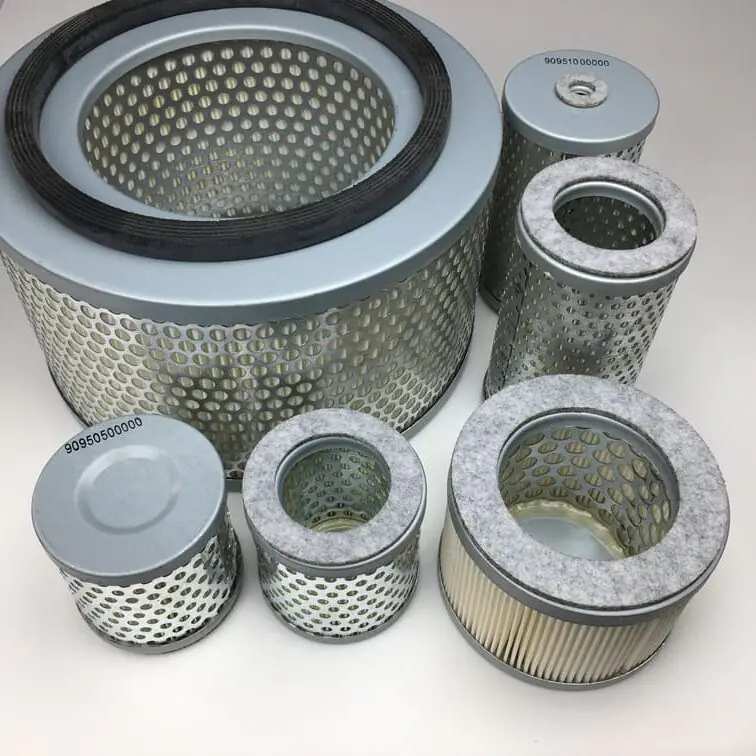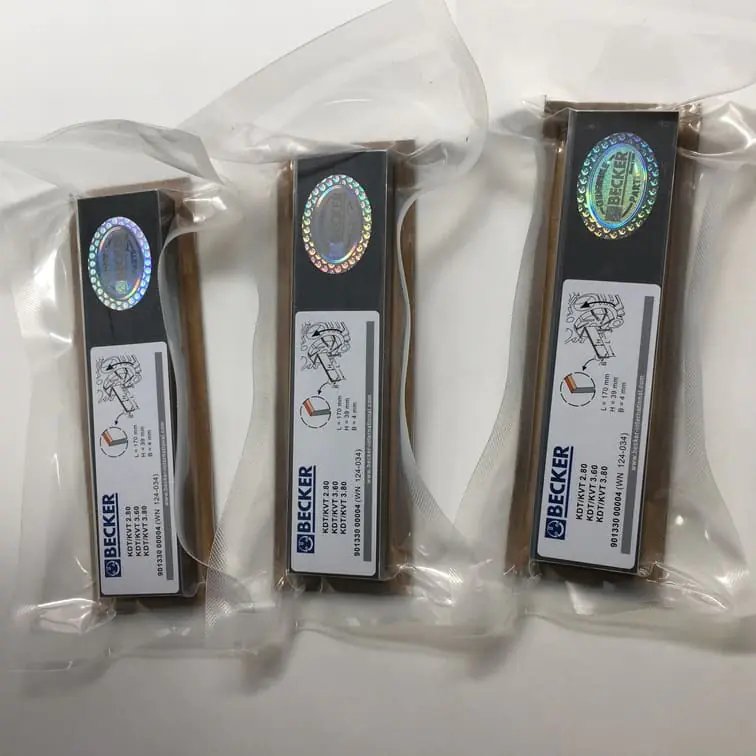How to Fill Oil Reservoir in a Harbor Freight Vacuum Pump
Maintaining your Harbor Freight vacuum pump properly is crucial for ensuring it functions at its best. One of the most important maintenance tasks you can do is to keep the oil reservoir filled with the correct type and level of oil. This guide will provide a detailed explanation of how to fill the oil reservoir in a Harbor Freight vacuum pump, why it’s important, and best practices to keep your pump running efficiently. We’ll also discuss common issues and solutions, safety precautions, and best practices for extending the lifespan of your vacuum pump.
Why Proper Oil Maintenance Is Essential for Vacuum Pumps
A vacuum pump relies heavily on oil to maintain its performance. The oil acts both as a lubricant and as a sealant, ensuring that the vacuum created is strong and stable. The quality and cleanliness of the oil directly affect the efficiency and lifespan of the vacuum pump. Poor oil maintenance can lead to problems such as reduced vacuum performance, overheating, and damage to internal components.
Key Benefits of Proper Oil Maintenance
- Extended Pump Life: Properly maintained oil will prevent wear and tear on internal components, extending the life of your pump.
- Efficient Vacuum Creation: Clean oil provides better sealing, enabling your pump to create a stronger vacuum.
- Reduced Risk of Damage: Dirty or inadequate oil can lead to increased friction, which could potentially damage the pump.
To get the best out of your vacuum pump, consider using high-quality oil and replacing it at regular intervals as recommended by the manufacturer.
Tools and Materials Needed
Before filling the oil reservoir, gather the following tools and materials:
- Vacuum Pump Oil: Ensure you use oil specifically recommended for vacuum pumps.
- Wrench Set: To remove the fill plug and drain plug.
- Clean Container: To catch old oil if draining is required.
- Funnel: To avoid spills while pouring new oil.
Recommended Spare Parts
To ensure the efficiency of your vacuum pump, you may need to replace worn components periodically. Common spare parts include:
- Becker Set of 5 Vanes: Essential for efficient pump operation. You can find more details about the vanes here.
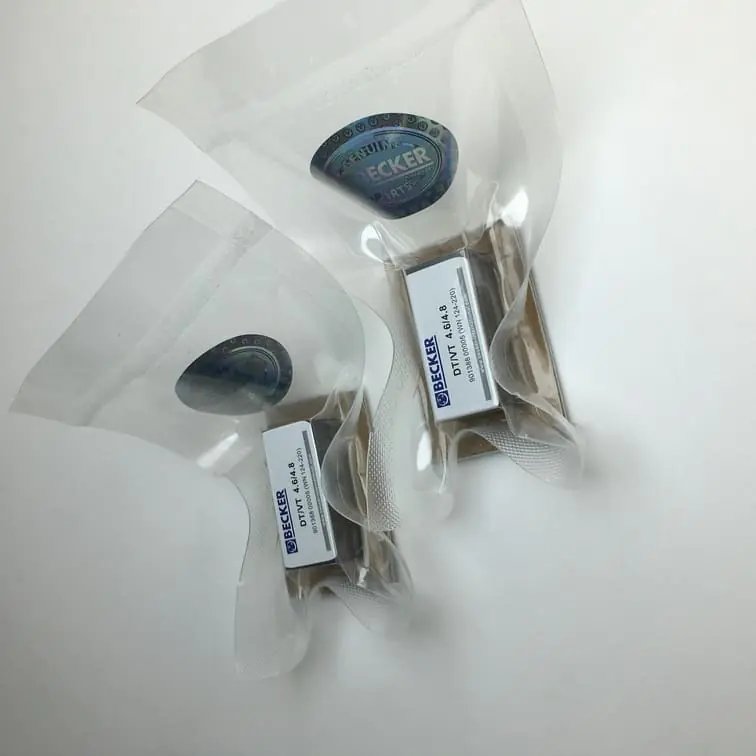
Step-by-Step Guide to Filling the Oil Reservoir
1. Preparation
Before starting, make sure the vacuum pump is off and disconnected from any power source. This ensures your safety while working with the pump.
- Position the Pump: Place the pump on a stable, flat surface to prevent any accidental spills.
- Allow to Cool: If the pump has been used recently, allow it to cool down before proceeding. Hot oil can cause burns and other safety issues.
Tip: Always wear protective gloves and safety goggles while handling pump oil.
2. Draining Old Oil (If Necessary)
If the oil in your vacuum pump appears dirty or cloudy, it is advisable to drain it before adding new oil.
- Locate the Drain Plug: The drain plug is usually located near the base of the pump. Use a wrench to remove it.
- Catch the Old Oil: Place a clean container beneath the pump and remove the plug, allowing the oil to drain out completely.
- Inspect the Old Oil: Examine the oil for signs of contamination, such as metal shavings or discoloration, which may indicate wear or other internal issues.
3. Filling the Oil Reservoir
Once you have drained the old oil (if required), you are ready to fill the reservoir with new vacuum pump oil.
- Remove the Fill Cap: Locate and remove the oil fill cap at the top of the reservoir.
- Use a Funnel: Place a funnel in the fill port to avoid spills.
- Add the Oil: Pour the recommended oil slowly into the reservoir, making sure to add it to the specified level. Most vacuum pumps have an oil sight glass, which allows you to monitor the oil level. Ensure the oil level reaches the “Full” line without overfilling.
- Replace the Fill Cap: Once the reservoir is filled to the correct level, securely replace the fill cap.
Warning: Overfilling the oil can lead to performance issues and potential damage to the vacuum pump. Make sure to fill only to the specified level.
Best Practices for Oil Maintenance
1. Regular Oil Checks
Check the oil level and condition regularly, especially after heavy use. Replace the oil if it appears dirty, cloudy, or if the level is low.
- Frequency: For general usage, it is recommended to change the oil after every 10-15 hours of operation.
- Oil Quality: Always use high-quality vacuum pump oil. Using the wrong type of oil, such as motor oil, can severely damage the pump.
2. Proper Storage of Oil
Store vacuum pump oil in a clean, dry place, away from extreme temperatures. Contaminated oil can affect the efficiency of the pump.
For a high-quality replacement, consider the Becker Set of 10 Vanes.
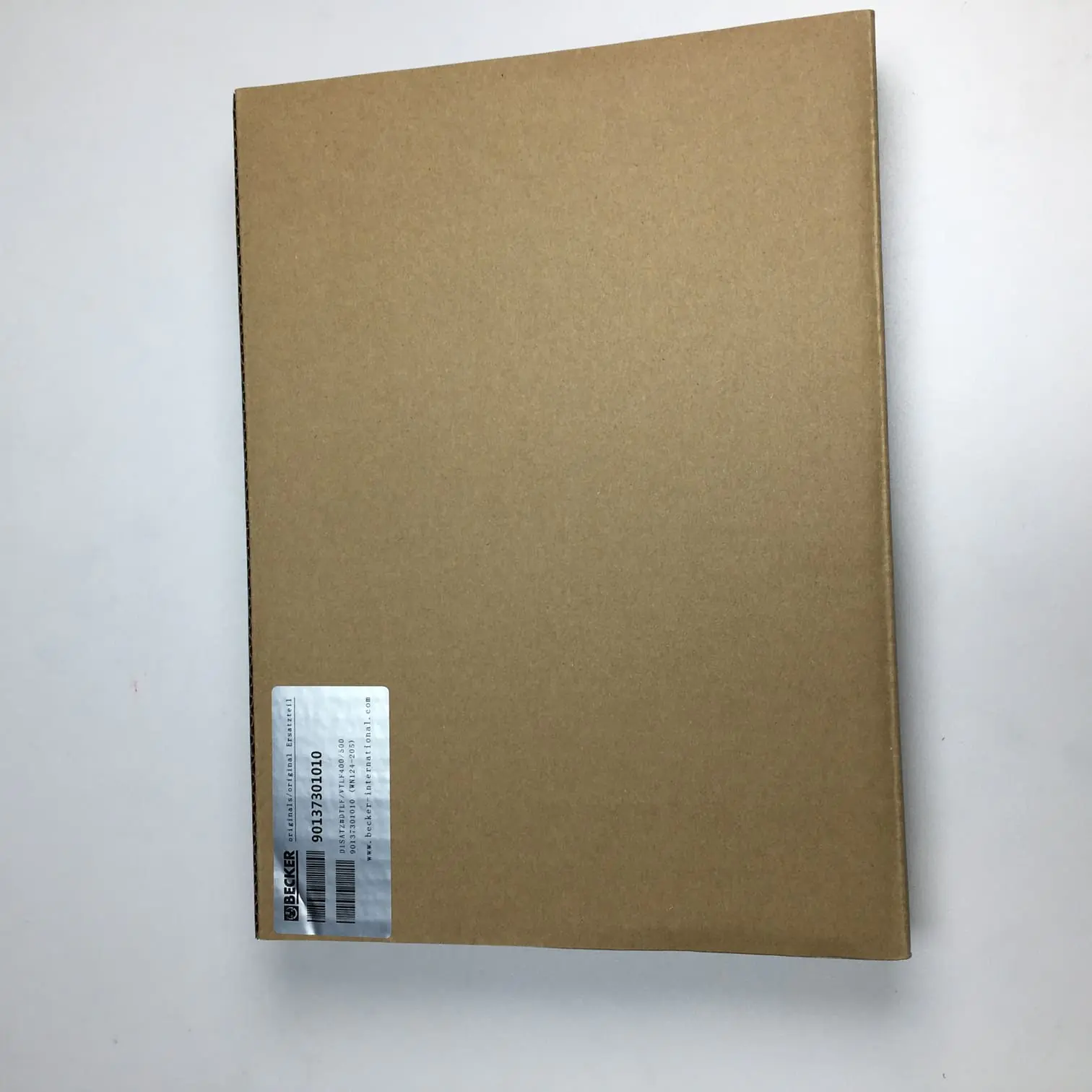
Troubleshooting Common Issues
1. Low Vacuum Performance
If your vacuum pump isn’t pulling the expected vacuum, it might be due to low or contaminated oil. Check the oil level and replace it if necessary. Additionally, check for any leaks in the system that may be compromising the vacuum.
2. Excessive Noise
Loud or unusual noises during operation can indicate low oil levels or contaminated oil. Proper oil maintenance usually resolves this issue.
3. Overheating
Overheating can result from inadequate oil or running the pump for extended periods without breaks. Always ensure the pump has sufficient oil and allow it to rest after heavy usage.
Safety Considerations
Working with vacuum pumps involves handling potentially hazardous chemicals. It is important to always follow these safety tips:
- Use Safety Gear: Gloves and goggles should be worn when handling vacuum pump oil to avoid skin and eye irritation.
- Proper Ventilation: Operate the pump in a well-ventilated area to avoid inhaling any fumes from the oil.
- Dispose of Oil Responsibly: Used oil should be disposed of according to local regulations. Do not pour used oil down the drain or in regular trash.
Frequently Asked Questions
1. How Often Should I Change the Oil in My Vacuum Pump?
You should change the oil in your Harbor Freight vacuum pump after every 10-15 hours of operation or if the oil appears dirty or contaminated.
2. Can I Use Motor Oil in a Vacuum Pump?
No, motor oil is not suitable for vacuum pumps. Always use vacuum pump oil specifically formulated for these systems.
3. How Do I Know If the Oil Needs Replacing?
Oil that is cloudy, dark, or has a milky appearance should be replaced immediately. Clean oil should be clear and of a light color.
4. What Happens If I Overfill the Oil Reservoir?
Overfilling can lead to reduced pump performance and potential damage. Always fill to the recommended level as indicated on the sight glass.
5. Can I Reuse Old Oil After Draining?
No, once oil has been used, it may contain contaminants that can damage the pump if reused. Always use fresh oil when refilling.
Conclusion
Filling the oil reservoir in a Harbor Freight vacuum pump is a straightforward yet crucial maintenance task. Proper oil maintenance ensures that your pump operates efficiently, has a long lifespan, and avoids unnecessary breakdowns. Always use high-quality vacuum pump oil, follow recommended maintenance intervals, and replace any worn components to keep your pump in optimal condition.
For replacement parts and quality components, visit our Vacuum Pump Spare Parts. Investing in high-quality maintenance supplies, such as Becker Air Filters, will ensure that your vacuum pump continues to operate smoothly and effectively.
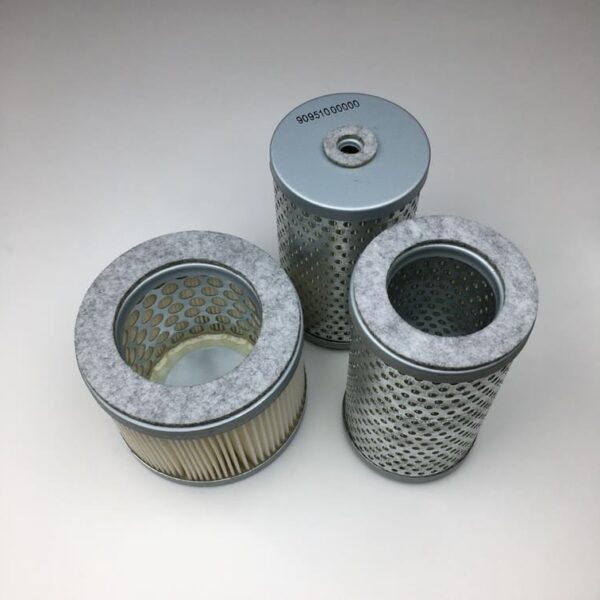
Remember, regular maintenance not only saves money on costly repairs but also keeps your equipment functioning efficiently for years to come.

